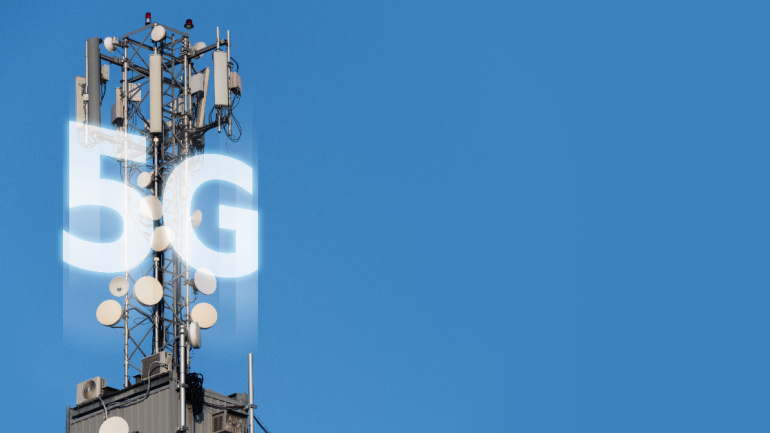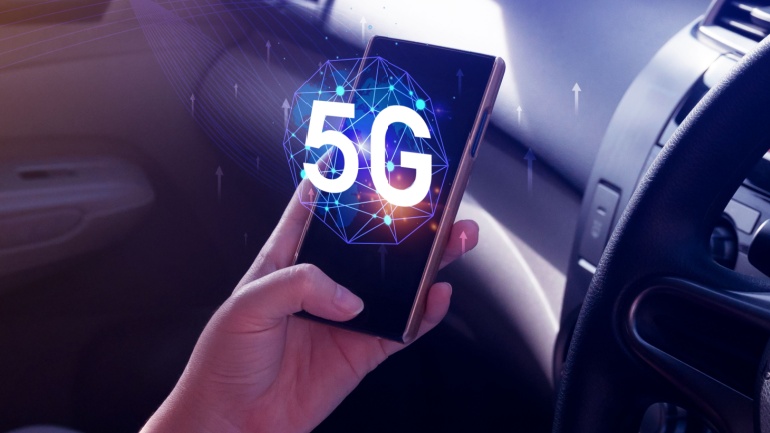As an acceleration in telecommunications technology, 5G Fixed Wireless Access (FWA) has demonstrated its significance as one of the star services. With its next phase, 5G Advanced, it is set to offer higher speeds and diminished latency. The worldwide research firm, Omdia, provides considerable data suggesting that this advancing technology is rapidly growing. At present, there are more than 70 5G networks and nearly 10.7 million users of 5G FWA worldwide.
In the Middle East, 5G FWA has tremendously succeeded. Since its introduction in 2019, the Middle Eastern and African markets have garnered more than 1.6 million 5G FWA users. Omdia predicts a compound annual growth rate (CAGR) of 10.6% for FWA service revenue in the Middle East region for the next seven years. This indicates that FWA has become a key driver for operators’ revenue growth.
Moreover, the rapid speed of 5G FWA has the potential to advance operators in the Middle East and Africa by enticing a further 14 million users from 4G FWA. Adding to this, approximately 16 million DSL (Digital Subscriber Line) users in the Middle East could also be migration targets to 5G FWA. These facts draw an optimistic picture for the upcoming growth of 5G FWA.
The Mobile Broadband Forum recently had Nicole McCormick from Omdia and Yang Tao from Huawei discuss the future of 5G FWA. Nicole stated, “FWA isn’t new, it’s been around since 5G’s launch four years ago.” She identified three development phases: establishing connectivity, where 5G FWA got rolled out where no fiber or alternates existed, retiring copper networks and replacing them with FWA because of its speed advantages, and lastly the ongoing phase where operators are considering how to monetize value-added services beyond pure connectivity.
Nicole McCormick also acknowledged that 5G FWA operators are at a turning point. She queried whether they will continue to market 5G FWA as an affordable alternative to fixed broadband, or leverage its speed to enable potentially valuable 5G applications. In the Middle East, pioneering fixed-wireless operators have already started packaging these aforementioned services with 5G FWA plans.
The forum revealed that it’s crucial to maximize the efficacy of the spectrum to ensure an enhanced customer experience and decreased costs. During the session, Tao, from Huawei, shared the organization’s three potential predictions for FWA’s development: increased speed downlink, speed uplink, and ultra-low latency.
He further divided the global market into three waves. Europe and the Middle East, currently in the first wave, face the challenge of ensuring user experience. In contrast, the second wave markets like Asia and America need to diminish the cost per line as it is currently double that of 4G. Lastly, in the third wave markets like Africa, 4G and 5G need to be combined to provide home connections.
Huawei has recently unveiled their new FWA² solutions to aid in fulfilling their predictions. Comprising ‘FWA Pro’, ‘FWA Lite’, and ‘FWA Biz’, each scenario is designed with different capabilities and services to cater to diverse customer requirements.
Critics, however, contend that CPE (Customer Premises Equipment) devices’ price point maintains a hurdle. Huawei’s Tao puts forward that the average 5G CPE cost currently hovers around $100, but anticipates that by 2025, the costs would be similar to 4G CPEs. He stated, “In emerging markets, CPE’s price is a blip, but upon reaching below the $100 mark, this will ignite 5G FWA’s acceleration.”
Nicole added that a second operator, Reliance Jio, recently commenced a 5G FWA in India, articulating that CPEs’ price is essential, but needs to fall below $100 to generate 5G FWA’s growth in emerging markets like Africa.
Huawei is looking to address 5G FWA’s challenges through R&D innovation, end-to-end operations tool development, and working with third parties to create a range of CPEs, including high-end and low-cost solutions. This, along with its influential industry position, will contribute to the 5G FWA development, promising a bright future for this technology.







